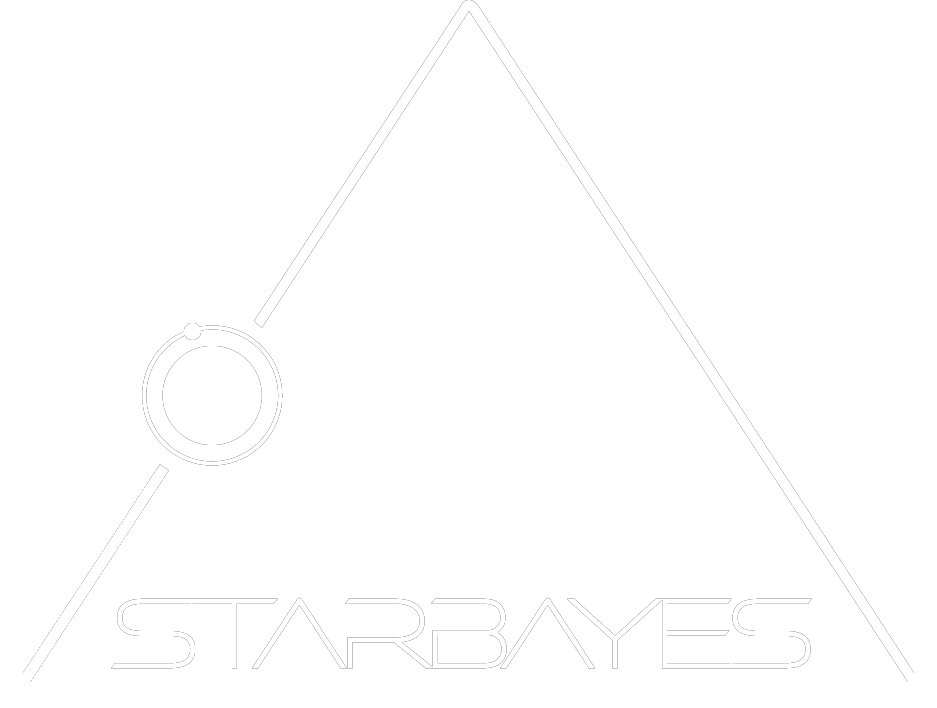Overview
CoastVisors are a specialized extension of the StarBayes cognitive robotics platform, designed to bring predictive foresight to coastal management. Leveraging Raspberry Pi–powered drones and rovers with 3D‑printed frames, CoastVisors continuously model shoreline dynamics—vertical dune/beach profiles and horizontal tide, wave, and wind trends—to forecast erosion, surge breaches, and flooding up to 48 hours in advance. Through an autonomous relay network and solar‑backed charging stations, CoastVisors deliver 24/7 monitoring and proactive intervention across vulnerable coastlines, empowering municipalities, port authorities, insurers, and conservation bodies to preempt costly damage and protect ecosystems.
Introduction
Coastal zones face accelerating threats from sea‑level rise, storm surges, and chronic erosion, causing over $1 billion in annual losses to infrastructure and natural habitats. Traditional monitoring—satellite surveys and reactive on‑site inspections—fails to provide timely, localized predictions. CoastVisors bridge this gap with real‑time, embodied foresight, transforming passive observation into active guardianship of the shore.
What Are CoastVisors?
CoastVisors consist of three interoperable elements:
Autonomous Drone Fleet: 3D‑printed quadcopters equipped with depth cameras, soil‑moisture probes, anemometers, GPS, and barometric sensors.
Ground & Fixed Platforms: Small rovers and stationary tide‑gate controllers or robotic arms that act on predictions—adjusting gates, deploying sand‑fence strips, or marking vulnerable spots.
Relay & Charging Stations: Solar‑powered hubs where active units dock to charge and upload data, handing off missions seamlessly to reserve units.
Together, they form a coordinated relay network, ensuring continuous coverage over tens of kilometers with minimal human oversight.
Core Technology
CoastVisors harness the StarBayes cognitive engine, integrating:
Hierarchical World Modeling:
Vertical Hierarchy: 3D mapping of dunes, berms, vegetation, and hard structures.
Horizontal Hierarchy: Temporal analysis over sequences of sensor sweeps (10–50 frames), capturing sand migration, tide variation, and wind‑driven changes.
Probabilistic Reasoning: Factor‑graph inference under uncertainty forecasts breach probabilities and surge extents.
Metric‑Based Tools: Embeds functions like Manhattan‑distance computations for optimal routing of rovers or positioning of defensive assets.
Need‑Based Attention: Dynamically prioritizes critical signals (e.g., rapid soil moisture drop or wind shift) to allocate drone/rover resources where risk is highest.
Affordable Hardware: Raspberry Pi brains and off‑the‑shelf sensors enable rapid prototyping and scalable deployment.
Energy & Relay Architecture
To maintain 24/7 operations:
Relay Network: A pool of 10–15 CoastVisors rotate in 8–hour active shifts, returning to a solar‑backed charging station for 2–4 hours of recharge.
Solar Harvesting: Each station uses 15 W panels to supply ~50% of the system’s ~10 W draw, extending autonomy and minimizing footprint.
This relay design ensures continuous monitoring without overtaxing individual units, while the decentralized stations reduce deployment complexity.
Detailed Coastal Use Cases
Pre‑Storm Surge Barrier Deployment
Need: Static barriers often fail at pinpoint weak spots during surges.
CoastVisor Action: Forecast surge breach locations; automatically adjust smart tide‑gates or cue robotic arm–deployed sand‑fences at vulnerable points.
Chronic Erosion Hot‑Spot Monitoring
Need: Gradual dune loss goes undetected until dunes collapse.
CoastVisor Action: Detect millimeter‑scale sand shifts over weeks; schedule precise dune‑nourishment operations, conserving resources.
Flood‑Inundation Forecasting
Need: Emergency evacuations rely on outdated flood maps.
CoastVisor Action: Fuse topography and surge predictions to map safe evacuation corridors in real time; update municipal alert systems.
Insurance Risk Assessment & Premium Optimization
Need: Insurers lack granular, up‑to‑date risk profiles.
CoastVisor Action: Generate dynamic risk scores per asset (buildings, roads) to enable usage‑based premiums and streamline claim validation.
Environmental & Biodiversity Protection
Need: Coastal habitats buffer storms but degrade silently.
CoastVisor Action: Monitor vegetation health and moisture micro‑climates; forecast zones at risk of habitat loss and trigger protective planting or fencing.
Regulatory Compliance & Reporting
Need: EU directives require frequent, high‑resolution coastal monitoring.
CoastVisor Action: Auto‑generate compliance reports with timestamped topography and moisture data, reducing survey costs.
Resource‑Efficient Maintenance
Need: Blanket maintenance is costly and inefficient.
CoastVisor Action: Prioritize maintenance crews with meter‑accurate waypoints for interventions delivering the highest ROI.
Target Customers & Users
Municipalities & Port Authorities: Coastal engineers and emergency planners.
Insurance Companies: Risk-modeling teams and claims adjusters.
Environmental NGOs & Conservation Agencies: Field officers and scientists.
Energy & Infrastructure Firms: Operators of coastal power plants and pipelines.
Users
Field Operators: One‑hour training to interpret alerts and dispatch maintenance teams.
Data Analysts: Cloud dashboards for trend analysis and scenario simulations.
Decision Makers: Executive summaries and API feeds for integration into existing control systems.
Conclusion
CoastVisors transform coastal management from reactive to proactive. By forecasting erosion and surges with embodied AI and an autonomous relay network, StarBayes empowers stakeholders to predict, preempt, and protect—safeguarding coastlines, communities, and ecosystems against escalating climate threats. Join us in pioneering the next generation of shoreline defense.
